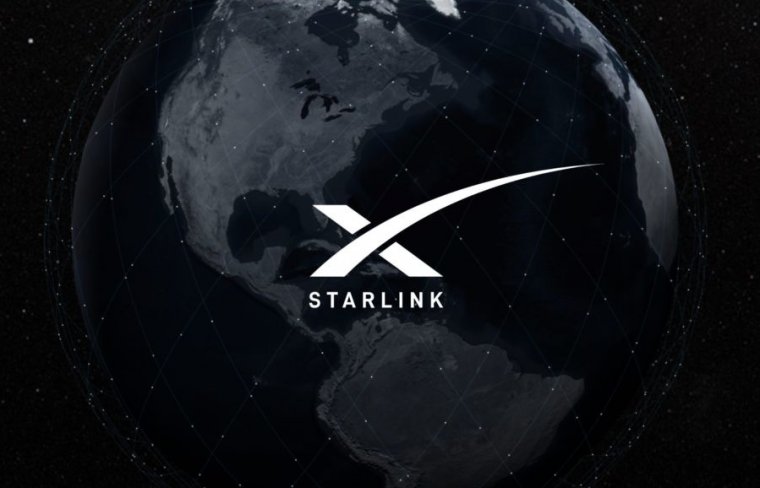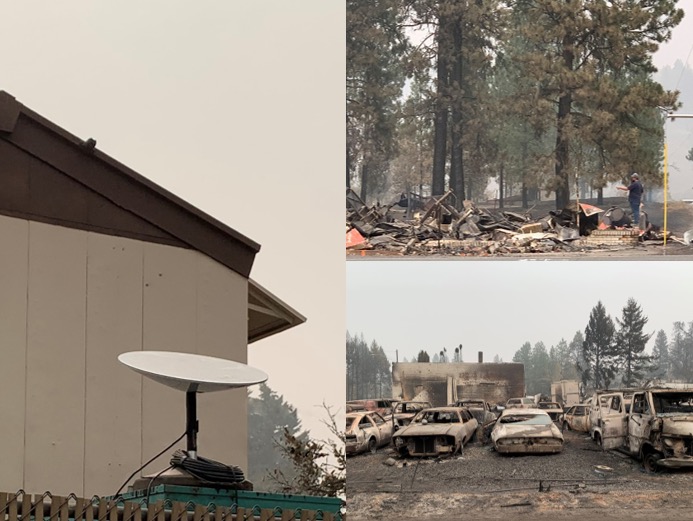-
 chevron_right
chevron_right
Amazon unveils three satellite user terminals, plans broadband service in 2024
news.movim.eu / ArsTechnica · Tuesday, 14 March, 2023 - 19:10

Enlarge / Satellite broadband user terminals designed by Amazon's Project Kuiper. (credit: Amazon)
Amazon has designed three satellite broadband user terminals and will start offering Internet service in 2024, the company announced today . The standard terminal, designed for residential and small business customers, is expected to cost Amazon less than $400 to make; Amazon did not say what it will charge customers for the terminals or for monthly service plans.
The "standard customer terminal measures less than 11 inches square and 1 inch thick," Amazon said. "It weighs less than five pounds without its mounting bracket. Despite this modest footprint, the device will be one of the most powerful commercially available customer terminals of its size, delivering speeds up to 400 megabits per second (Mbps). Amazon expects to produce these terminals for less than $400 each."
-

Amazon's standard terminal for residential and small-business customers. [credit: Amazon ]
Whether customers actually get those speeds in practice will depend on the satellites and how congested the network is in each region, as the experience of SpaceX Starlink customers shows. Amazon didn't differentiate between download and upload speeds in its announcement, but upload speeds are likely to be slower than downloads.






